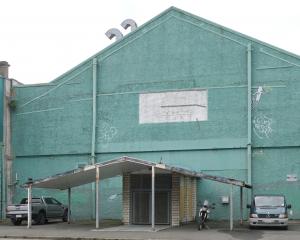
The plan, being unveiled today, includes relaxed rules governing development on the south side of the Steamer Basin.
Council city development manager Anna Johnson said the old district plan required dilapidated wharves in the area to be rebuilt as part of any waterfront redevelopment.
That was to ensure people had public access directly to the water's edge, seen as a desirable part of any redevelopment of the area.
But under the 2GP, rules were being made more flexible, and would only require people to have access to the waterfront.
Dr Johnson said the change meant waterfront access could be from the land around the edge of the Steamer Basin, rather than necessarily from the wharves themselves.
It meant buildings could be developed further inland, away from the water's edge, freeing up a strip on land - between the buildings and the water - for public access to water, she said.
That was based on feedback suggesting the cost of rebuilding the wharves was an obstacle to development.
''There's a lot of conjecture as to why there was no development occurring down there, and I think one of the key messages around that was the hurdle of having to rebuild the wharf was potentially putting everyone off, because it's such a large up-front cost.''
The old district plan was ''quite prescriptive'' but the 2GP took a more ''outcome-focused'' approach, she said.
''The plan is about saying 'well, this is what you need to achieve' but not telling you exactly how to achieve it.''
The changes were expected to make the development plan outlined by Damien van Brandenburg, of Architecture Van Brandenburg, and businessman Ian Taylor, easier and cheaper to achieve.
The development plan, backed by the city council, University of Otago, Port Otago and Ngai Tahu, included a hub of new ''signature buildings'', public spaces and amenities, as well as a mix of offices, retail outlets, cafes and apartments, built around the Steamer Basin.











